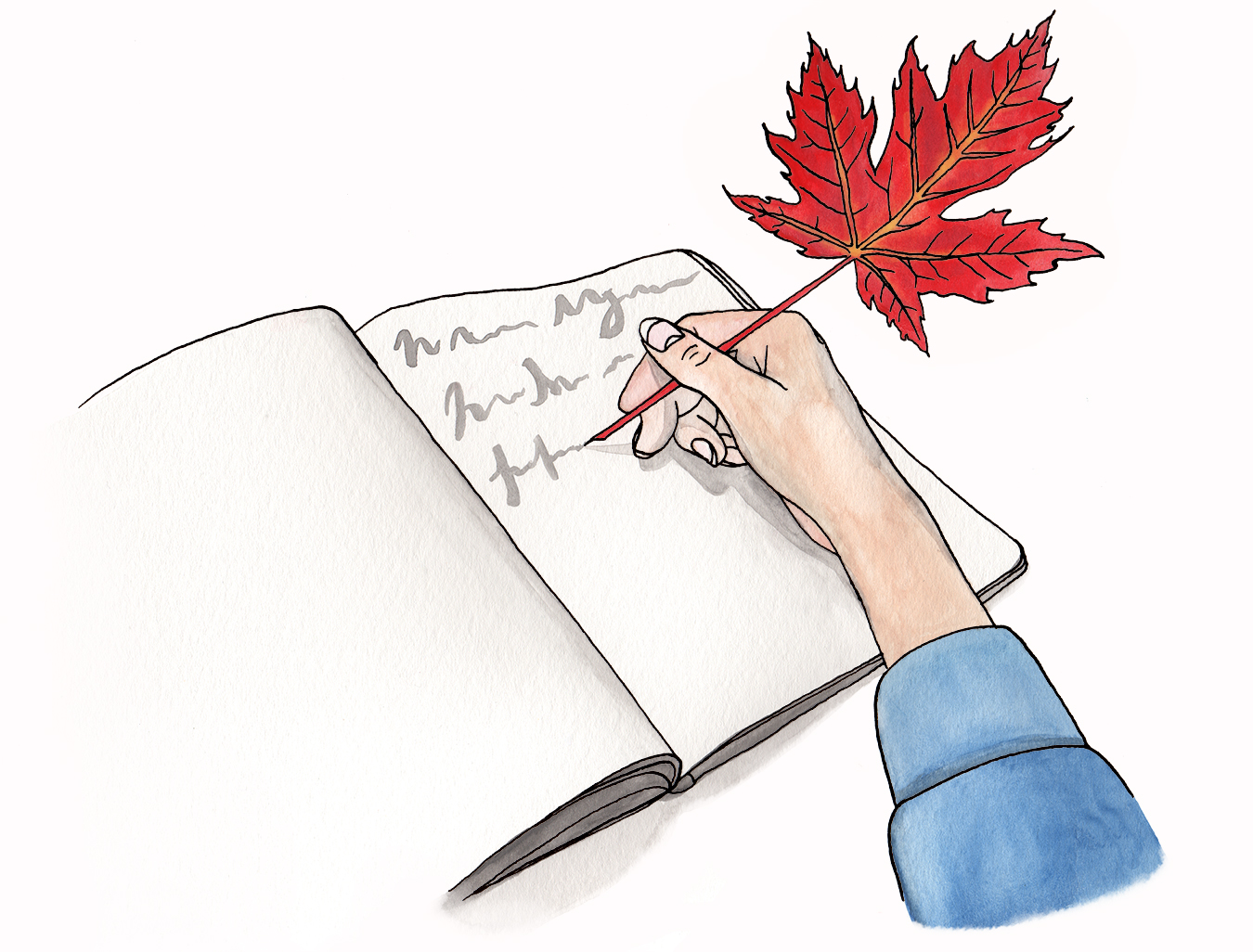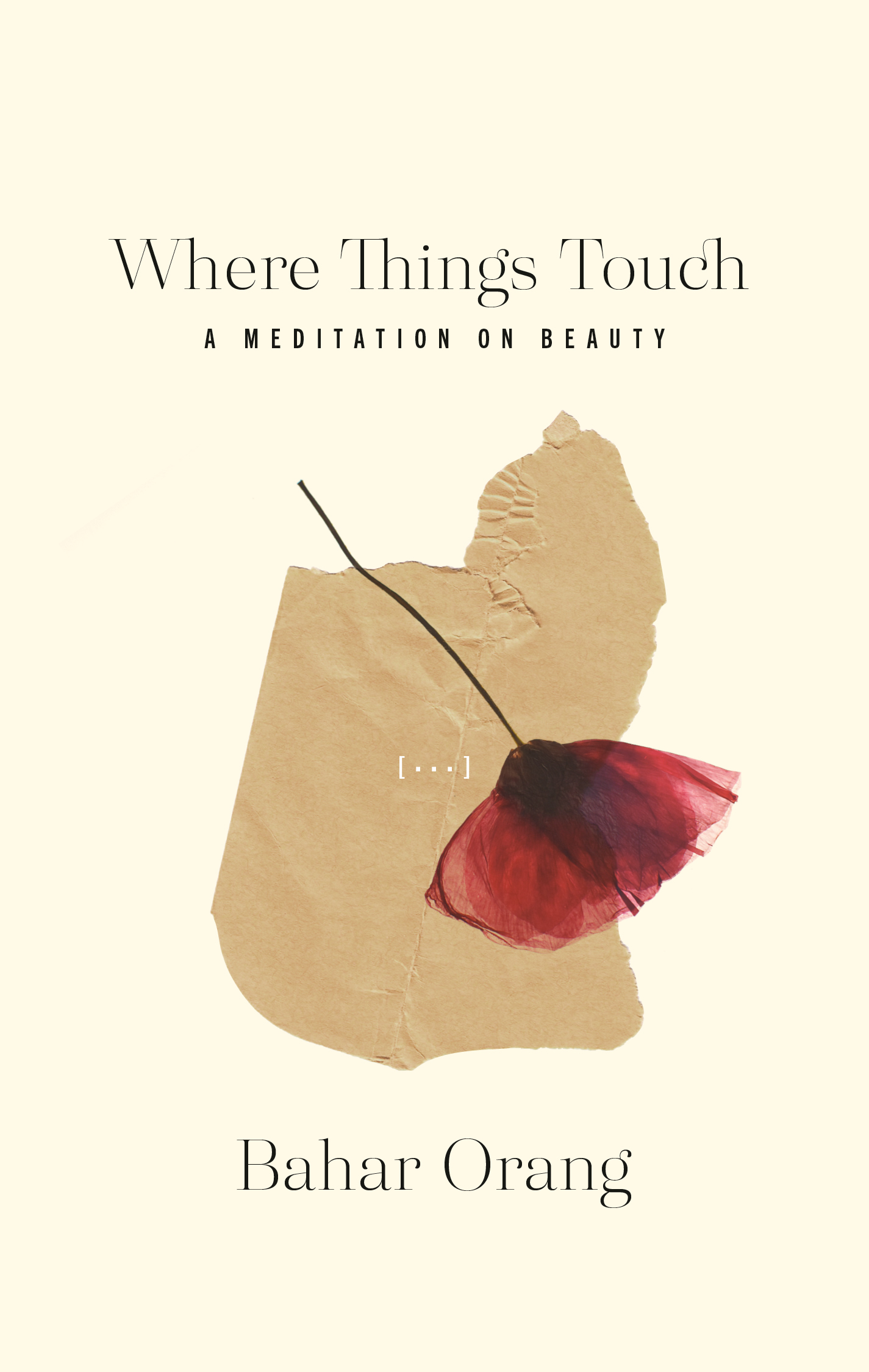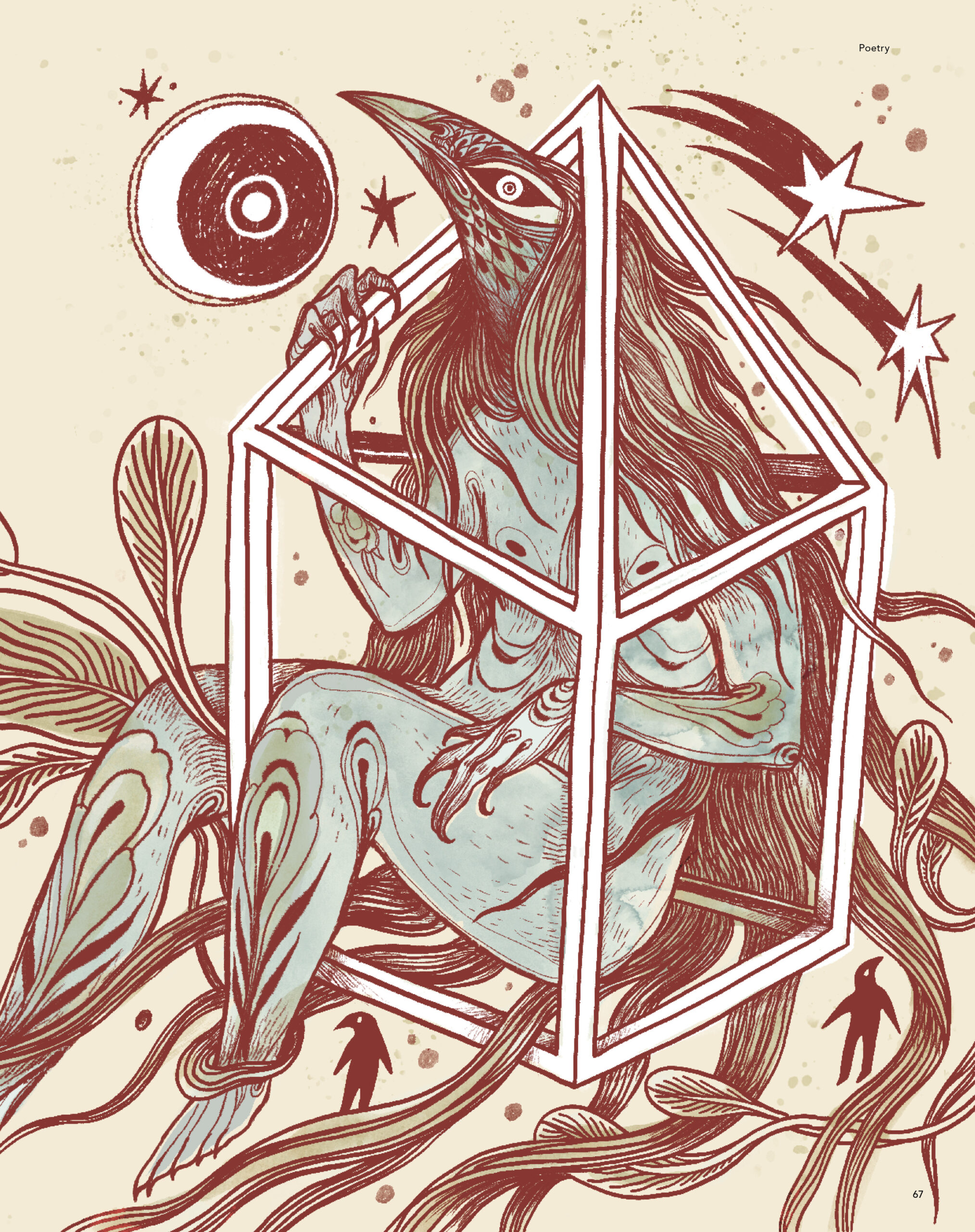Contemporary Writers Redefining Poetry in Canada
Versed.
Vancouver-based poet Adèle Barclay selected and provided the commentary for this list of contemporary Canadian poets. A wide range of voices and styles is represented to give readers a sense of the depth of skill and experience that constitutes the scene today. All published in the last decades, these poets bravely face some of the most pressing problems in today’s society, while finding ways to experiment and foster joy in the act of reading poetry: an act repeatedly obituarized without dying, which has been, apparently, revived during the pandemic, with more and more people trying to make sense of the world in different ways. We encourage you to read more from these talented individuals and have included brief bibliographies of their noteworthy work to facilitate your reading.
Adèle Barclay’s essays and poems have appeared in many North American journals and anthologies. She is the recipient of the 2016 Lit POP Award for Poetry and The Walrus’ 2016 Readers’ Choice Award for Poetry and has been nominated for a Pushcart Prize. Her debut poetry collection, If I Were in a Cage I’d Reach Out for You (Nightwood, 2016) won the 2017 Dorothy Livesay Poetry Prize. Her second collection of poetry, Renaissance Normcore (Nightwood, 2019) was nominated for the 2020 Pat Lowther Award for Poetry and the ReLit Award and placed 3rd for the Fred Cogswell Award.
To read Barclay’s work, see our special poetry feature from Fall 2020 here.

Photo by Denis Gutiérrez-Ogrin.
Kyla Jamieson
Kyla Jamieson is unafraid to be bluntly literal in her poems to challenge the literary and social status quo. When she writes about the pain of light or absent peripheral vision, she connects the symptoms of her brain injury to a larger conversation about the embodied toll of ableism, capitalism, and misogyny: “people forget that what they can’t see exists / I remind them that I’m (still) sick.”
Body Count (Nightwood Editions, 2020)
Kind of Animal (Rahila’s Ghost Press, 2019)

Selina Boan
In Selina Boan’s debut Undoing Hours, the poet probes English and learns Cree and, in doing so, rebuilds a world of possibilities and tension. Love for roommates and long-lost kin anchor Boan’s poetry as she forges a capacious lyric: seasons expand, questions prompt answers in Cree, slash marks interrupt paragraphs like a racing heartbeat. Boan asserts, “inside u / language is a mosh pit.”
Undoing Hours (Nightwood Editions, 2021)
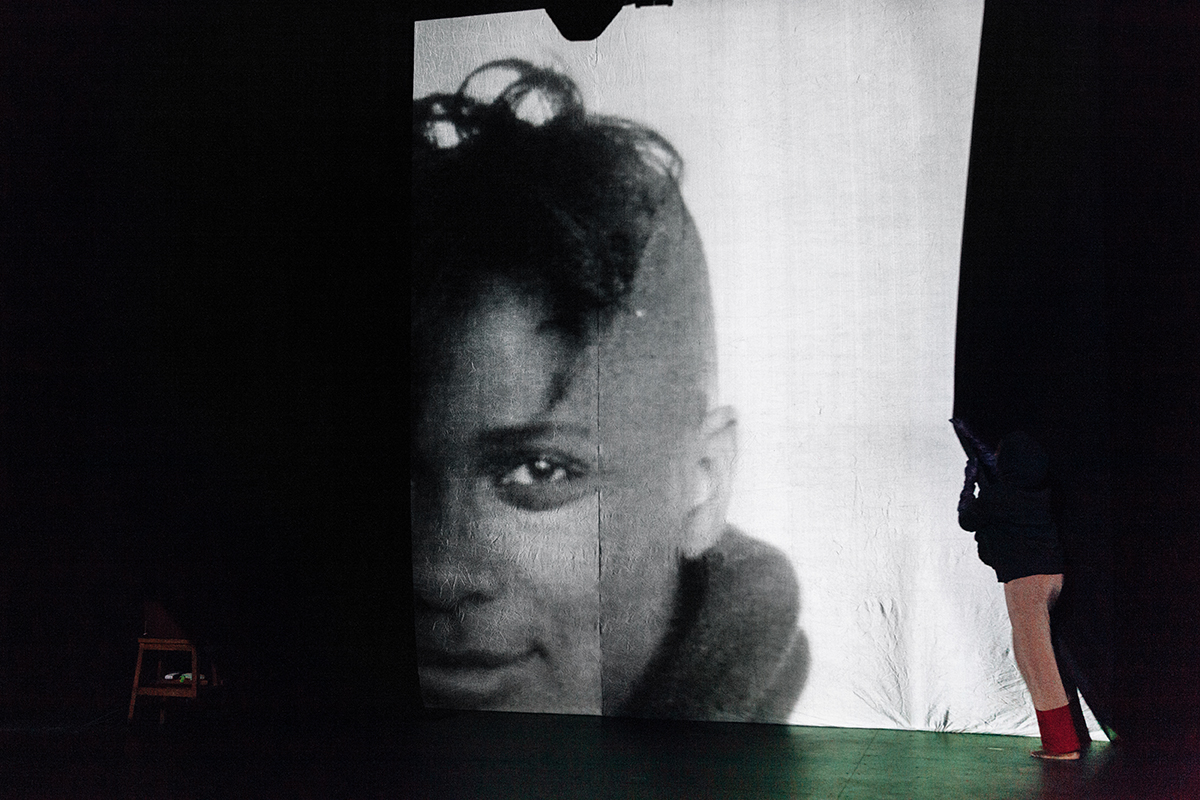
Photo by Yuula Benivolski.
Aisha Sasha John
Aisha Sasha John’s magic works through juxtaposition and immersive layers. Long-sequence poems meander into airy abstraction and revel in painfully specific details, offering both the body’s humilities and a sacred imagination. John dances through thinking and feeling with humour and seriousness. Her poems are unpredictable and yet exactly what needs to be said—“what there’s been / is non-stop being,” she writes in I have to live.
TO STAND AT THE PRECIPICE ALONE AND REPEAT WHAT IS WHISPERED (Ugly Duckling Presse, 2021)
I have to live. (McClelland & Stewart, 2017)
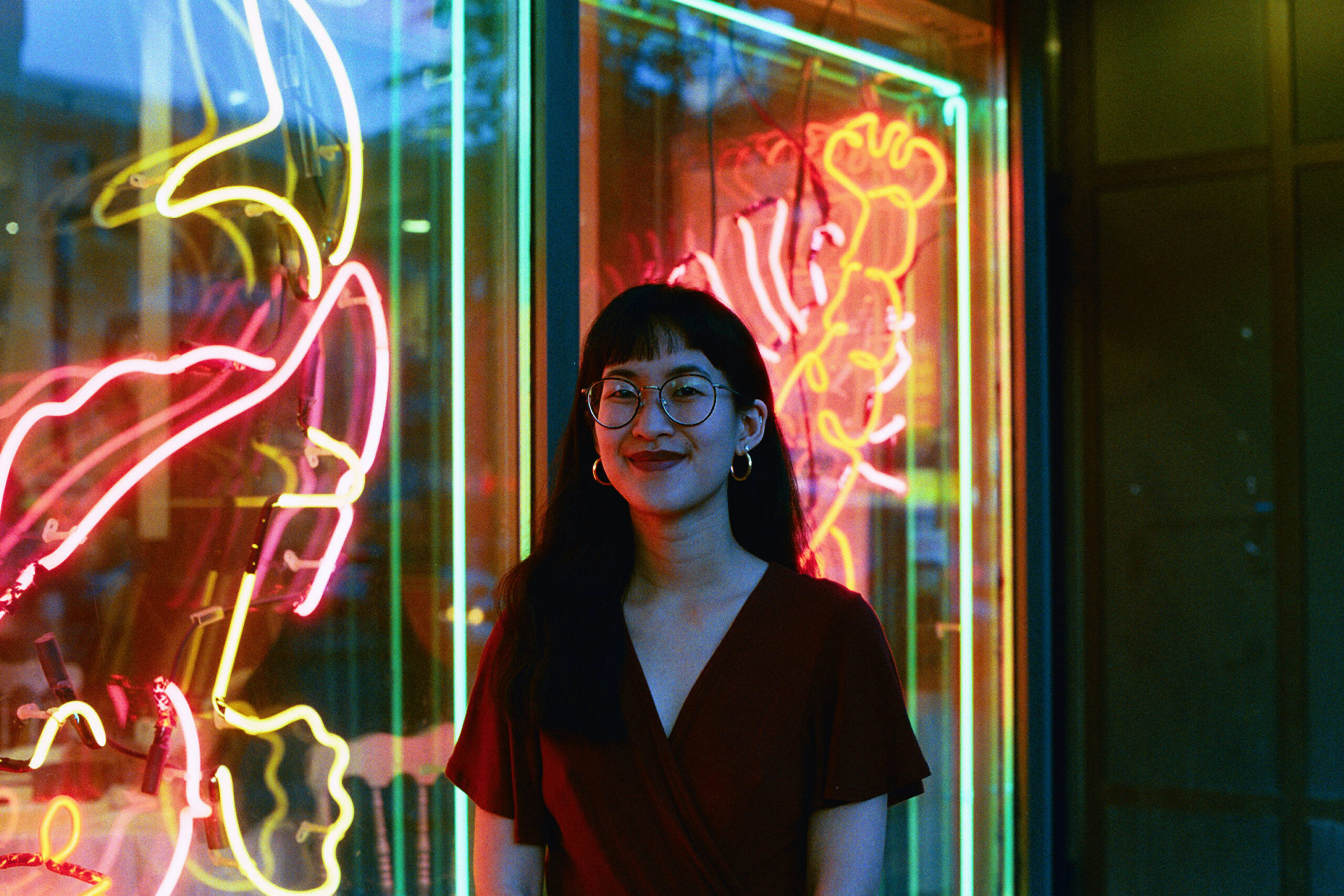
Photo by Christine Ting Wei Wang.
Sennah Yee
Sennah Yee’s poems veer off the traditional lyric track as Yee condenses and explodes entire lives and legacies in short, seemingly nonchalant prose poems. Wielding a prismatic ocular gaze, How Do I Look? explores voyeurism’s role in our understandings of ourselves and others. Yee overturns cultural hallmarks, such as Spielberg, Mario Kart, The Sims, to take a hard look at how we become. In “Rear Window (1954),” she distills Hitchcock’s classic film and noted misogyny into an apt set of binaries: “Women are blonde or brunette. Women die or live to be punished.”
How Do I Look? (Metatron Press, 2017)
Deep Web (The Vault by With/out Pretend 2019)
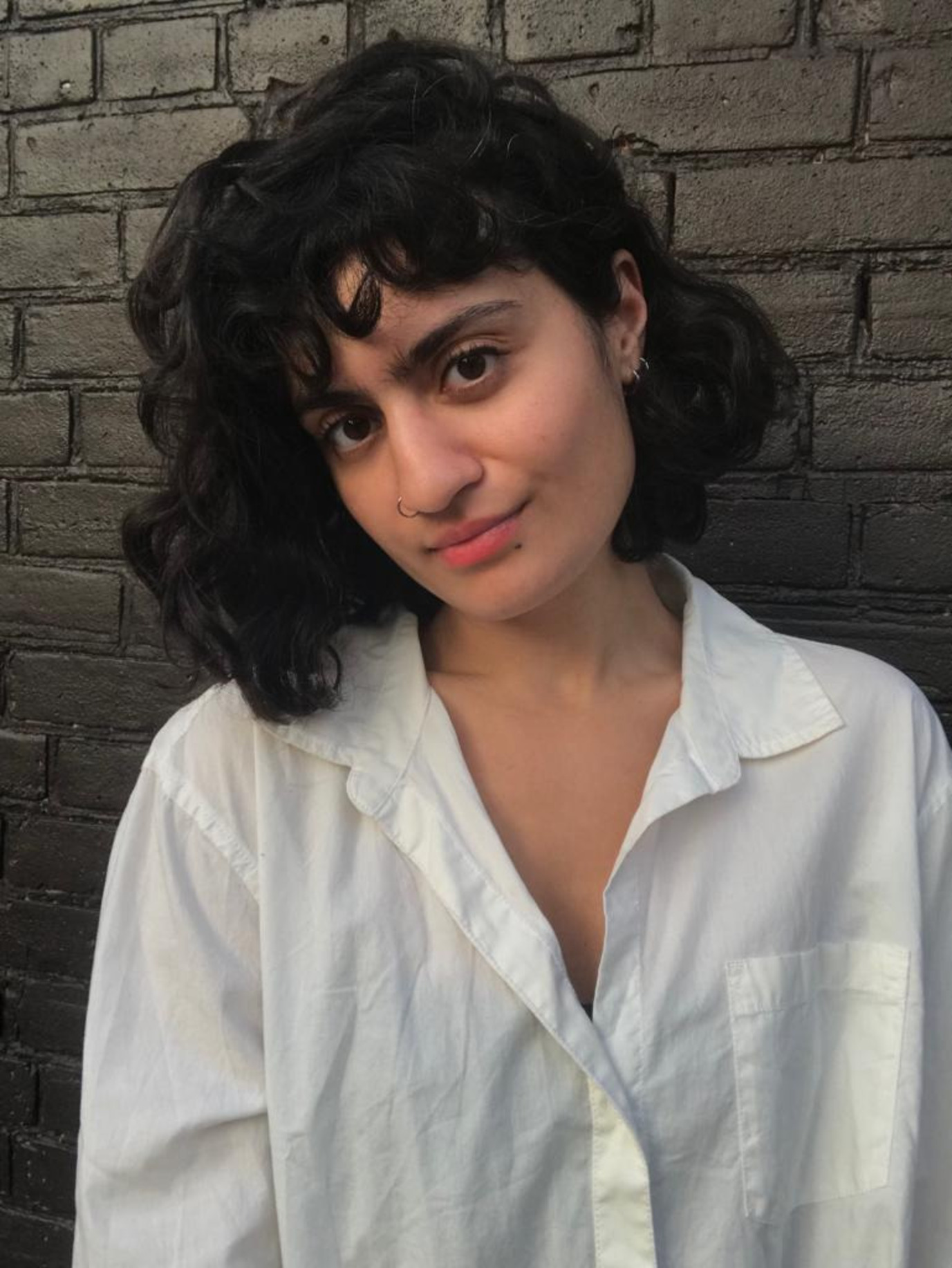
Bahar Orang
A writer and medical student, Orang fuses poetry, philosophy, and art criticism in Where Things Touch to explore the enigma of beauty. The result is a dizzying treatise in which Orang’s poetry spools into metaphysical essays and intimate vignettes from her hospital training. Orang’s fragmentary style makes a case for new way of thinking through the vulnerable beauty and mess of survival and asks, “Can we imagine language as a sort of border of care?”
Where Things Touch: A Meditation on Beauty (Book*hug Press, 2020)
For NUVO’s review of Where Things Touch, click here.

Rebecca Salazar
Rebecca Salazar’s poetry is a memento mori blooming with moss. In sulphurtongue, the poet arranges queer, spiritual, and literary lineages with a Gothic flair. Exploding the pastoral, Salazar recasts nature poetry as weird, grimy, and relevant. With sincere yet ironic wit, Salazar writes, “one foot slipping on banana peels / and one foot firmly in the grave.”
sulphurtongue (McClelland & Stewart, 2021)
the knife you need to justify the wound (Rahila’s Ghost Press, 2018)

Bertrand Bickersteth
Bertrand Bickersteth creates poetry that is a meeting point for music, geography, and history, just as, he points out, the Peace and Slave Rivers converge in Alberta. In The Response of Weeds, the poet animates the Prairie landscape with the ghosts of jazz and colonialism. While Bickersteth’s poetic vision feels novel for CanLit, his wisdom is deeply rooted: “She’s got no history / That no one knows / And it’s too cold / For the blues.”
The Response of Weeds: A Misplacement of Black Poetry on the Prairies (NeWest Press, 2020)

